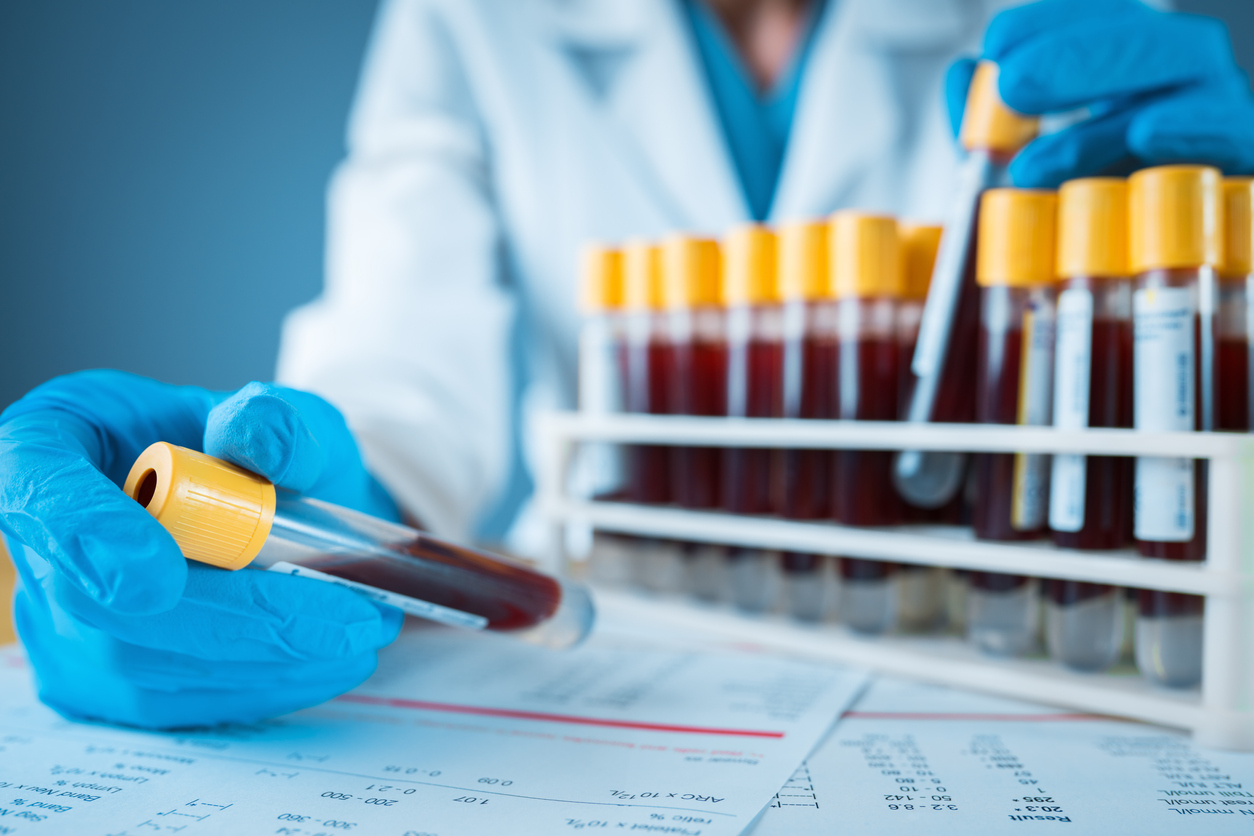
What are routine laboratory tests?
Routine laboratory tests are blood tests that assess the health status of a patient. Tests include counts of different types of white blood cells (these help the body fight infection), and detection of markers (proteins) that indicate organ damage, and general inflammation. These tests are widely available and in some places they may be the only tests available for diagnosis of COVID-19.
What did the authors want to find out?
People with suspected COVID-19 need to know quickly whether they are infected so that they can self-isolate, receive treatment, and inform close contacts.
Currently, the standard test for COVID-19 is usually the RT-PCR test. In the RT-PCR, samples from the nose and throat are sent away for testing, usually to a large, central laboratory with specialist equipment. Other tests include imaging tests, like X-rays, which also require specialist equipment.
The authors of this review wanted to know whether routine laboratory tests were sufficiently accurate to diagnose COVID-19 in people with suspected COVID-19. They also wanted to know whether they were accurate enough to prioritize patients for different levels of treatment.
What did the author team do?
Authors searched for studies that assessed the accuracy of routine laboratory tests to diagnose COVID-19 compared with RT-PCR or other tests. Studies could be of any design and be set anywhere in the world. Studies could include participants of any age or sex, with suspected COVID-19, or use samples from people known to have – or not to have - COVID-19.
What authors found
The authors found 21 studies that looked at 67 different routine laboratory tests for COVID-19. Most of the studies looked at how accurately these tests diagnosed infection with the virus causing COVID-19. Four studies included both children and adults, 16 included only adults and one study only children. Seventeen studies were done in China, and one each in Iran, Italy, Taiwan and the USA. All studies took place in hospitals, except one that used samples from a database. Most studies used RT-PCR to confirm COVID-19 diagnosis.
Accuracy of tests is most often reported using ‘sensitivity’ and ‘specificity’. Sensitivity is the proportion of people with COVID-19 correctly detected by the test; specificity is the proportion of people without COVID-19 who are correctly identified by the test. The nearer sensitivity and specificity are to 100%, the better the test. A test to prioritize people for treatment would require a high sensitivity of more than 80%.
Where four or more studies evaluated a particular test, the authors of this review pooled their results and analyzed them together. Their analyses showed that only three of the tests had both sensitivity and specificity over 50%. Two of these were markers for general inflammation (increases in interleukin-6 and C-reactive protein). The third was for lymphocyte count decrease. Lymphocytes are a type of white blood cell where a low count might indicate infection.
How reliable are the results?
Confidence in the evidence from this review is low because the studies were different from each other, which made them difficult to compare. For example, some included very sick people, while some included people with hardly any COVID-19 symptoms. Also, the diagnosis of COVID-19 was confirmed in different ways: RT-PCR was sometimes used in combination with other tests.
How up-to-date is this review?
The authors searched all COVID-19 studies up to 4 May 2020.
Who do the results of this review apply to?
Routine laboratory tests can be issued by most healthcare facilities. However, these results are probably not representative of most clinical situations in which these tests are being used. Most studies included very sick people with high rates of COVID-19 virus infection of between 27% and 76%. In most primary healthcare facilities, this percentage will be lower.
What does this mean?
Routine laboratory tests cannot distinguish between COVID-19 and other diseases as the cause of infection, inflammation or tissue damage. None of the tests performed well enough to be a standalone diagnostic test for COVID-19 nor to prioritize patients for treatment. They will mainly be used to provide an overall picture about the health status of the patient. The final COVID-19 diagnosis has to be made based on other tests.
Implications for practice
None of these markers as stand‐alone tests are useful for accurately ruling in or ruling out COVID‐19. As a triage test would require a high sensitivity (< 80%), these tests have limited value as triage tests. Although there is low or very low certainty about the summary estimates in this review, we do not expect that studies with a low risk of bias will show a better performance than the tests included.
Implications for research
Future studies focusing on the usefulness of routine laboratory tests for COVID‐19 may consider a more representative sample of the population, focus on markers with prespecified, clinically sound cut‐offs and focus on single, but also on the combination of regular blood markers. Furthermore, considering the test results as continuous values may be more informative, as larger deviations from the reference values will have greater impact on the health status of the tested people, and might enable more personalized treatment.

